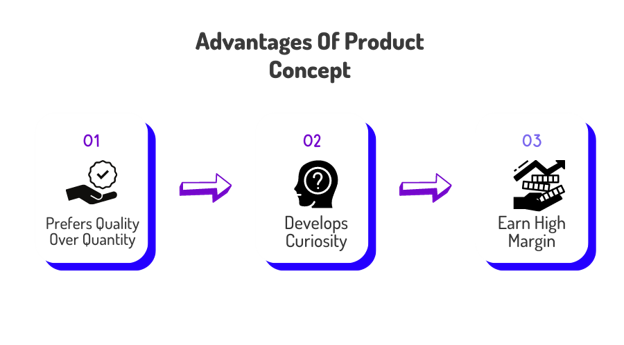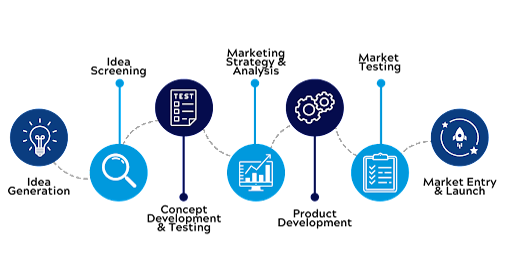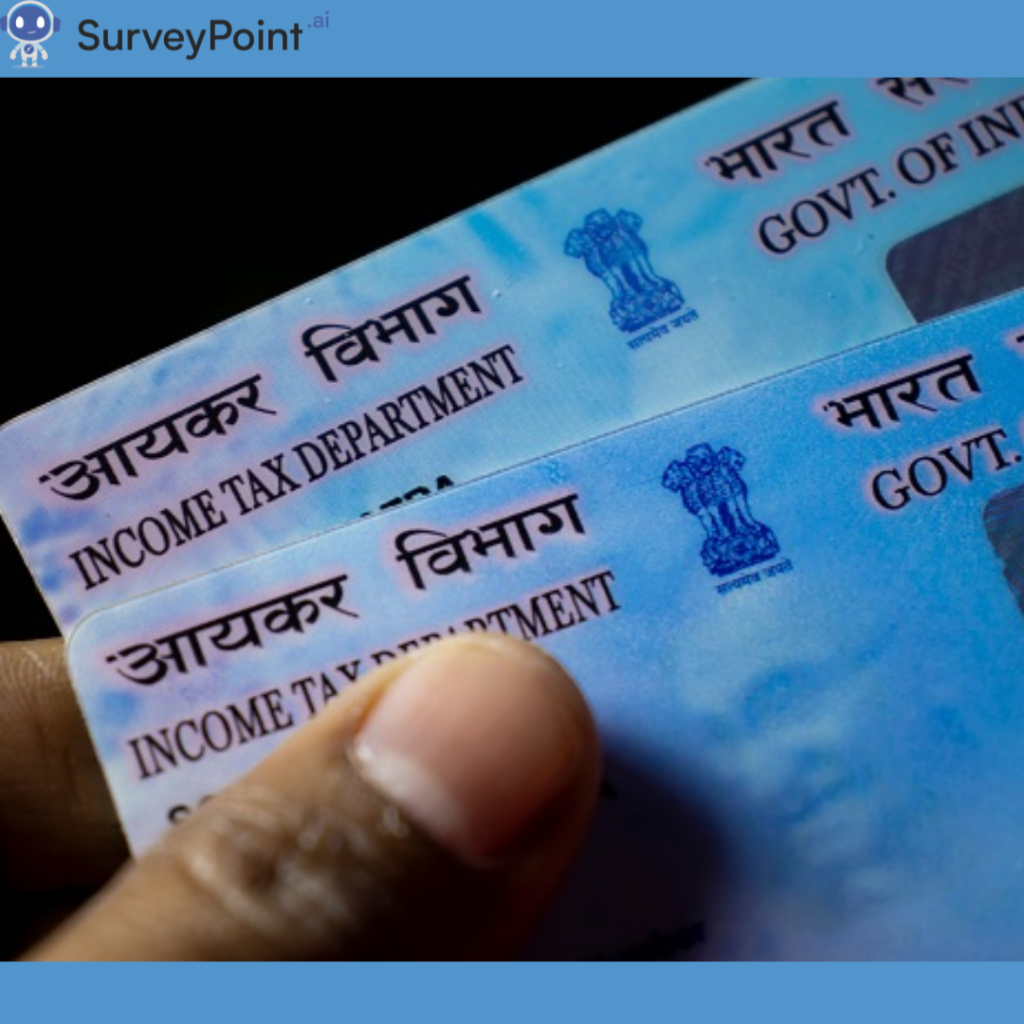
Ever had an idea for a product or service but wanted to test it with people first? Concept testing might be the answer! But what is concept testing? It allows you to test your ideas with the audience to get an understanding of whether the market can accept them beforehand.
In other words, it is like an experiment that finds out if people would accept or be interested in your product or service. For example, you can test out your mobile application ideas with users and assess their reactions.
Marketing is all about testing, and small and large businesses alike need this type of testing. But how does this method work?
Keep reading!
What is Concept Testing in Marketing?
Why do marketers use concept testing? They use this method to see how well a new idea or product might be received by the public. Companies will ask people to review or try out a concept before it’s put on the market.
It can include questions about the concept, like what they think of it if they would buy it, and why. This helps the company decide if it’s worth investing in and selling the concept.
ALSO READ: Market Research Made Simple: Tips and Tricks
Types of Concept Testing

1. Product concept testing: This type of concept testing is when people are asked to review a product idea or concept. This can help companies decide if a product is worth producing and if it will be successful with the audience. It’s like asking a group of people what they think about an idea before it is made.
2. Advertising concept testing: Companies ask people to review an advertisement idea or concept. This helps them figure out if an advertisement will be effective and reach a large audience.
3. Brand concept testing: When companies ask people to review a brand idea, this helps them decide if the brand name will be on people’s lips! It’s like asking people what they think about a brand and whether they will recall the brand name after it is launched.
4. Market concept testing: People are asked to review a product or service idea or concept in a certain market. This helps them weigh the pros and cons regarding quality and pricing.

Concept Testing Examples
Let’s see how many big brands were able to successfully understand what is concept testing. How many do you already know?
Apple
Apple used concept testing to determine the public’s opinion on their new iPad Pro’s design. The company conducted multiple focus groups and surveys to measure the product’s potential success before releasing it to the general public.
McDonald’s
Making use of concept testing, McDonald’s evaluated how a new burger offering would perform in the market. The company ran tests to measure customer response to the new burger and used the feedback to make adjustments to its design and marketing strategy.
Microsoft
Microsoft used concept testing to determine how people would respond to their new Windows 8 operating system. The company conducted focus groups and surveys to learn how people would use the new interface and if they would adopt it.
ALSO READ: Know the Market Research Challenges with its Solutions
Concept Testing UX
While the above brands were able to figure out what is concept testing, there were a few tests that were done constantly by the respective teams. These tests are:
• Surveying: Clients or potential customers get their reactions to a concept by surveys or questionnaires.
• Focus groups: Gather a group of people together in a room to discuss and provide feedback on the concept.
• Usability testing: Evaluating the concept with a group of users to assess its usability and effectiveness.
• Prototype testing: Creating a prototype of the concept and testing it with users to get feedback on the design, functionality, and usability.
• A/B testing: Showcasing two different versions of a concept with a group of users to determine which one is more effective.

Benefits of Concept Testing
1. Identify flaws and weaknesses: Concept testing helps identify potential flaws and weaknesses in a product or service. This allows companies to identify areas for improvement to increase customer satisfaction.
2. Increase customer satisfaction: Through such testing, a company can understand what customers want and expect from the product or service.
3. Save time and money: Companies can use concept testing to refine products and services before investing in costly production. This can also lead to improved efficiency and a faster time-to-market for new products.
4. Boost brand recognition: Organizations can build positive brand recognition. It can also help companies create strong marketing messages that are more likely to be remembered and engaged with.
5. Improve product development: Concept testing can provide insights to help companies improve product development. This can help companies create products that are more successful and profitable.
Common Mistakes in Concept Testing & Solutions
However, common mistakes can lead to meaningless or faulty outcomes.
- One common mistake is testing too many variations, which can make the process difficult and time-consuming for users.
To avoid this mishap, it is important to keep the process easy and quick for users and use customer feedback to make informed decisions.
- Another common mistake is running concept testing on an idea in isolation. This might provide initial insights but may miss out on the full benefit of comparing research data over time.
Multiple rounds of concept testing are the answer to this problem because it enables product managers to get feedback from target markets and improve the offering.
- Choosing the wrong testing method is also a common mistake. When deciding on your testing method, it is important to consider what stage you are at in your product discovery journey.
A concept testing survey is most helpful when you need quick feedback from lots of participants. This is most relevant in the early stages of product discovery when you are just gathering information.
- Crafting a script and questions is another important step in concept testing. It is important to avoid common mistakes such as asking leading questions or using jargon that the target audience may not understand.
To avoid this, it is important to keep the questions simple and straightforward, and to test the questions with a small group of people before launching the survey.
Conclusion
So many facets to what is concept testing! It is an effective tool that companies can use when developing products and services. It helps businesses ensure that the concept is viable, that customers are interested, and that their needs are met.
Using concept testing, businesses can save time and resources by designing products and services that customers need and want. This process can ultimately help ensure their success.
Want to take the hassle out of your research analysis?
Explore our solutions that help researchers collect accurate insights, boost ROI, and retain respondents.
Free Trial • No Payment Details Required • Cancel Anytime




